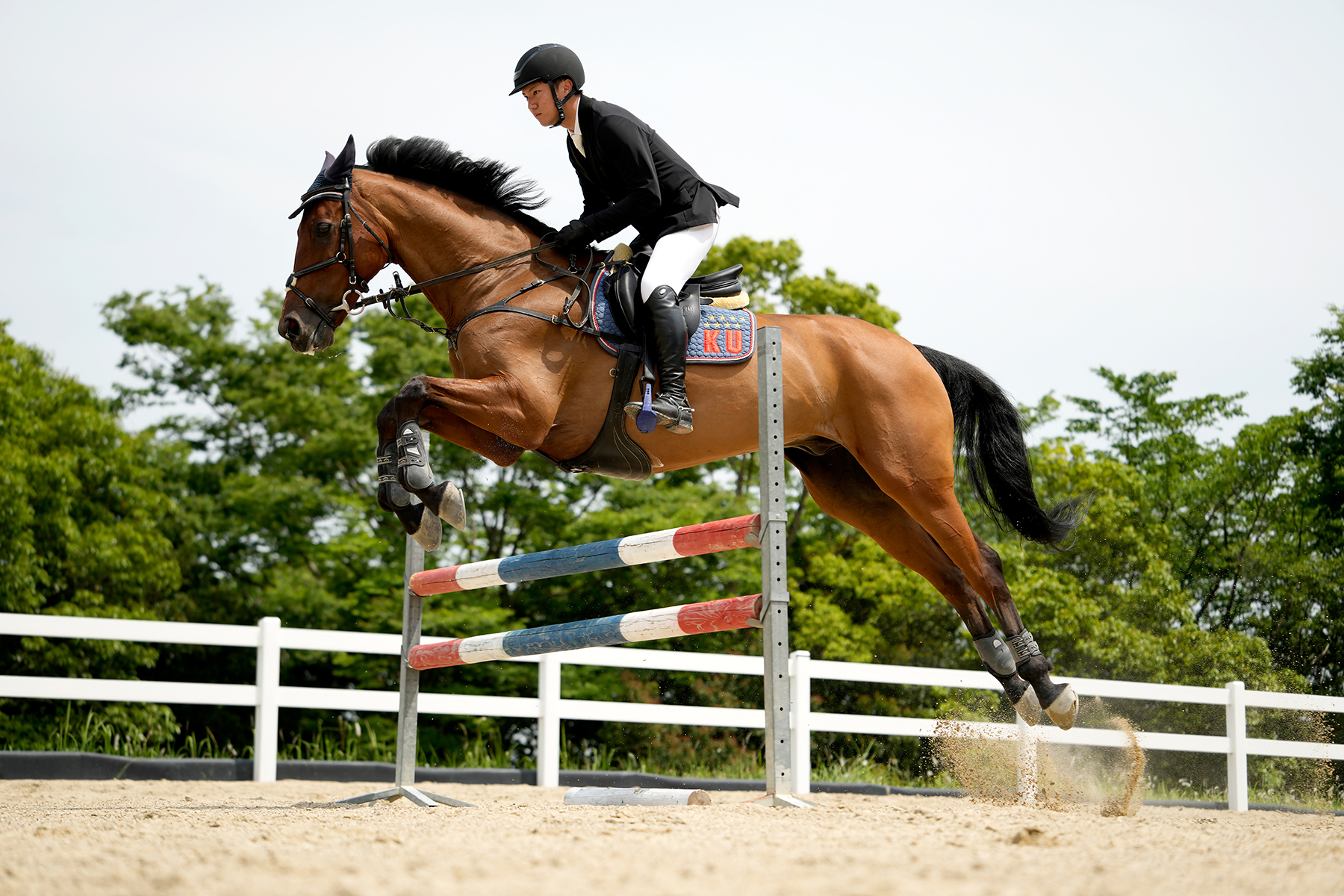Mastering Steady Shots: Essential Image Stabilization Tips
Achieving sharp images and smooth videos is a priority for every photographer, but shooting handheld can be challenging—especially in low light, fast-moving scenes, or when using a telephoto lens. That’s where image stabilization tips come in.
Mastering handheld image stabilization is crucial for producing professional-quality content. The right techniques, combined with advanced lens technology, can dramatically improve image and video stability.
Many of Tamron’s innovative lenses feature VC (Vibration Compensation) Optical Image Stabilization (OIS), a technology designed to enhance camera stability and deliver sharper results. In this post, we’ll explore essential image stabilization tips and how modern stabilization systems help you capture steady images and videos while shooting handheld.

What you will learn in this post:
- How to Enhance Stability with the Right Lens & IBIS: Pairing Tamron VC lenses with In-Body Image Stabilization (IBIS) improves handheld stability.
- Techniques to Reduce Camera Shake: Using the “body anchoring” technique and proper handholding methods minimizes blur in handheld shots.
- Optimizing Shutter Speed & Burst Mode for Stability: Adjusting shutter speed and utilizing burst mode increases the chances of capturing sharper images.
- Top Tamron Lenses with VC Image Stabilization: We look at three great Tamron lenses that offer superior lens based stabilization.
- The Role of Firmware & Lens Selection in Image Quality: Keeping lens firmware updated and selecting the right stabilized lens ensures shake-free results.
Tips for Using High-Quality Lenses to Enhance Stabilization

1. Pair with IBIS for Maximum Stability
A great way to improve handheld image stabilization is to use a Tamron VC lens. Pair it with a camera system that has IBIS, or In-Body Image Stabilization.
When these systems work together, they provide unparalleled stability, compensating for a wide range of movements. This combination is particularly beneficial for shooting in low-light conditions, where a slow shutter speed is necessary.
For example, the Tamron 70-180mm F/2.8 Di III VC VXD G2 is a great telephoto lens. It works very well with an in-camera image stabilization. The fast aperture and advanced VC stabilization help you take sharp portraits and dynamic landscapes.
This lens works well with full-frame Sony E mirrorless cameras for a smooth and stable shooting experience.
2. Adjust Your Handholding Technique

Your shooting technique plays a crucial role in achieving image stabilization. One effective method is the “body anchoring” technique.
This image stabilization tip uses your body as a stable base. You do this by increasing contact points with the camera. To do this, keep your elbows tucked closely to your body and use the camera strap for added support, ensuring a steady hold. Press the shutter button gently to avoid introducing movement.
When using telephoto lenses like the Tamron 150-500mm F/5-6.7 Di III VC VXD, the “body anchoring” technique will help prevent blurred images.
3. Leverage Burst Mode
Shooting in burst mode can significantly improve your chances of capturing a sharp image during handheld shooting. By taking multiple frames in quick succession, you can select the sharpest image from the sequence.
This technique is particularly useful in challenging conditions, such as low light or fast-moving subjects. Pairing this technique with a stabilized Tamron lens, like the Tamron 50-400mm F/4.5-6.3 Di III VC VXD, maximizes your success rate for clear, crisp photos.
4. Use the Right Shutter Speed

Selecting the appropriate shutter speed for your lens’s focal length is crucial to minimizing motion blur. It can also help reduce camera shake. A good rule is to use a shutter speed faster than the focal length. For example, use 1/500 second for a 500mm lens.
Stabilized lenses, such as the Tamron 150-500mm f/5-6.7 Di III VC VXD, allow you to use slower shutter speeds effectively, but understanding and applying this guideline ensures consistently sharp results.
5. Utilize a Gimbal for Run-and-Gun Shots
For filmmakers and videographers working in fast-paced environments, using a gimbal can significantly enhance stabilization during run-and-gun shooting. Gimbals provide motorized stabilization across multiple axes, allowing for smooth and professional-quality footage even when moving quickly.
When using a stabilized lens like the Tamron 17-70mm f/2.8 Di III-A VC RXD, designed for APS-C mirrorless cameras, turn off the VC while the gimbal is active. This stops possible problems between the gimbal’s motorized stabilization and the lens’s built-in stabilization and ensures the best performance and smooth results.
6. Use a Tripod and Remote Shutter Release When Necessary
While handheld shooting offers flexibility, certain scenarios—like long exposures or macro photography—still benefit from a tripod. Combining a Tamron lens with a sturdy tripod can reduce even the smallest vibrations, resulting in impeccably sharp images.
For instance, the 28-300mm F/4-7.1 Di III VC VXD is an excellent choice for landscape and travel photography. Its lightweight design and Vibration Compensation (VC) image stabilization technology make it great for handheld use. However, using a tripod with the lens for long-exposure sunset shots and evening street scenes may be necessary.

A remote shutter release can be a game-changer for reducing camera shake during handheld shooting. By avoiding direct contact with the camera when taking a photo, you eliminate the slight movement caused by pressing the shutter button manually.
Using a remote shutter release is especially effective for long exposures or macro photography, where even the smallest vibrations can impact image sharpness
7. Keep Firmware Updated
Tamron regularly releases firmware updates to enhance lens performance, including autofocus and stabilization features. Ensuring your lens firmware is up-to-date is a simple yet effective way to maximize image quality and reduce shake.
Updates often improve compatibility with newer camera models and refine existing stabilization algorithms, providing noticeable improvements in real-world use.
Tamron’s commitment to innovation means their lenses stay at the cutting edge of technology, making them a reliable choice for photographers seeking stabilized performance.
Exploring Tamron’s Lens Lineup

Tamron’s range of lenses is renowned for its precision engineering, durability, and advanced features. Each is packed with features guaranteed to produce great real-world results. Let’s take a closer look at three standout lenses that excel in handheld image stabilization:
1. Tamron 70-180mm f/2.8 Di III VC G2
This compact telephoto zoom lens offers an excellent balance between portability and performance. With its constant f/2.8 aperture, the 70-180mm is ideal for portrait, sports, and event photography. Tamron’s Vibration Compensation technology ensures smooth, shake-free images even at longer focal lengths. The lightweight design and fast autofocus make this lens a must-have for photographers who need versatility and precision in one package.
2. Tamron 17-70mm f/2.8 Di III-A VC RXD
Designed specifically for APS-C mirrorless cameras, this lens combines portability with performance. The fast f/2.8 aperture ensures excellent low-light capabilities, while Tamron’s proprietary Vibration Compensation system provides reliable stabilization for handheld shooting. Whether capturing wide-angle landscapes or intimate portraits, the 17-70mm delivers sharp, vibrant results. It’s an ideal choice for travel photographers seeking a versatile, lightweight lens that doesn’t skimp on quality.
3. Tamron 150-500mm f/5-6.7 Di III VC VXD
For photographers who specialize in wildlife, sports, or action photography, this telephoto zoom lens is a game-changer. Its impressive focal range allows you to get close to distant subjects while maintaining sharpness and detail. The Vibration Compensation system is particularly effective, ensuring crisp images even at 500mm. Despite its reach, the lens remains relatively compact and lightweight, making it a practical choice for on-the-go shooting. For a more compact ultra-telephoto solution, consider the Tamron 50-400mm F/4.5-6.3 Di III VC VXD.
4. Tamron 28-300mm F/3.5-6.3 Di III VC VXD
The Tamron 28-300mm is a highly versatile all-in-one zoom lens that excels in a variety of shooting scenarios, from wide-angle landscapes to detailed telephoto shots. Its lightweight design and advanced Vibration Compensation (VC) system make it a reliable choice for handheld photography. The lens features fast and precise autofocus powered by VXD (Voice-coil eXtreme-torque Drive) technology, ensuring sharp and clear images even at extended focal lengths. Ideal for travel and day-to-day photography, the 28-300mm delivers exceptional performance without the need to switch lenses.
Conclusion for Image Stabilization Tips

Considering how lens quality impacts stabilization, investing in a high-quality lens is one of the smartest moves you can make to elevate your photography and videography. With advanced features like Optical Image Stabilization, precision-engineered construction, and seamless compatibility with modern camera bodies, Tamron lenses are designed to deliver exceptional stabilization.
The combination of a stabilized lens and proper image stabilization tips allows you to unlock your full creative potential, capturing stunning, shake-free images and videos. Stabilized lenses can enhance your work and give you the edge you need to create outstanding content. With Tamron’s innovative technology and your dedication to honing your skills, the possibilities are endless.
